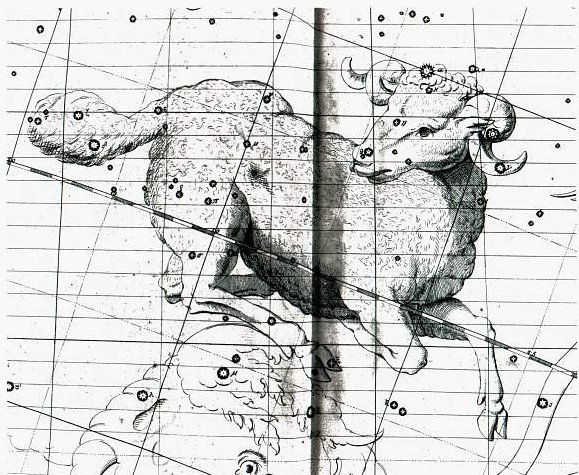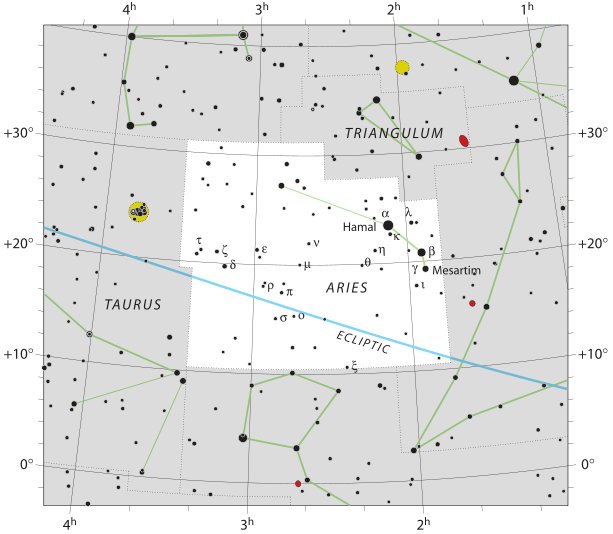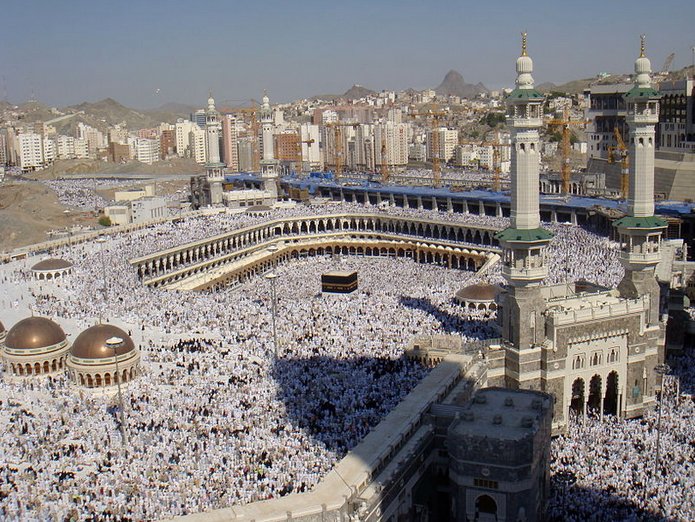I have suggested there is a connection between the 'nesting Sun bird' at 12h and viri at the southern spring equinox:
... The high neck of the running figure with an oval in front seemed to describe spring. Together with the following peculiar bird resting on a little egg - possibly ο Virgini - the meaning seemed clear. The wings of this bird was evidently a viri turned down 'on its face' and her beak was closed - she was silent not to reveal where her egg was. Now the meaning has become more precise, because viri in Ga5-8 (58) should be compared with viri 3 days later (61). The true equinox was in day 22 of the 7th month (Hora Nui) and not in Hora Nui 19. Not at 12h but 3 days later ... In Ga6-19 we can therefore perceive another 'nesting bird', 11 nights before viri in Ga7-1 and possibly resting on the nakshatra star ο Arietis (to be compared with heliacal ο Virginis at Ga5-8):
The 'nesting Sun' bird at Ga5-8 was in RA day 182 (half 364) and the nesting 'Moon' bird in Ga6-29 could have been at Bharani. From Bharani to viri in Ga7-1 there were 131 (Vaitu Potu 11) - 120 (Vaitu Nui 30) = 11 nights (half 22). In Ga6-27 there is a pair of maro feather garlands hanging down at left and the ihe tau silhouette could here allude to the sail (ra) of a canoe:
The glyph type ihe tau probably refers to a 'broken canoe' and there is only one sail visible in Ga6-27: …to enter a war canoe from either the stern or the prow was equivalent to a 'change of state or death'. Instead, the warrior had to cross the threshold of the side-strakes as a ritual entry into the body of his ancestor as represented by the canoe. The hull of the canoe was regarded as the backbone of their chief. In laments for dead chiefs, the deceased are often compared to broken canoes awash in the surf. ... There is a couple residing in one place named Kui and Fakataka. After the couple stay together for a while Fakataka is pregnant. So they go away because they wish to go to another place - they go. The canoe goes and goes, the wind roars, the sea churns, the canoe sinks. Kui expires while Fakataka swims. Fakataka swims and swims, reaching another land. She goes there and stays on the upraised reef in the freshwater pools on the reef, and there delivers her child, a boy child. She gives him the name Taetagaloa. When the baby is born a golden plover flies over and alights upon the reef. (Kua fanau lā te pepe kae lele mai te tuli oi tū mai i te papa). And so the woman thus names various parts of the child beginning with the name 'the plover' (tuli): neck (tuliulu), elbow (tulilima), knee (tulivae). The sail of Kui is missing and there is a dark week from Al Zubānā-14a up to and including at Al Zubānā-14b. There are no mata ('eyes') in hau tea (Ga6-21):
The Claws (Al Zubānā) is the only Arab lunar station which is plural, ruled both by α Librae (Zuben Elgenubi) and by Zuben Elschemali (β Librae). According to the calendar from the time of Bharani the nakshatra position of the silent bird in Ga6-19 (where 61 * 9 = 3 * 183) was day 365 ("March 20), and instead of resting on a mata (an 'eye') there is the opposite - brooding on total darkness. "On September 24, 2015, an overcrowding situation caused the death of at least 1,206 people who suffocated or were crushed to death during the annual Hajj pilgrimage in Mina, Mecca." (Wikipedia) ... The Hajj is associated with the life of Islamic prophet Muhammad from the 7th century, but the ritual of pilgrimage to Mecca is considered by Muslims to stretch back thousands of years to the time of Abraham. During Hajj, pilgrims join processions of hundreds of thousands of people, who simultaneously converge on Mecca for the week of the Hajj, and perform a series of rituals: each person walks counter-clockwise seven times around the Ka'aba (the cube-shaped building and the direction of prayer for the Muslims), runs back and forth between the hills of Al-Safa and Al-Marwah, drinks from the Zamzam Well, goes to the plains of Mount Arafat to stand in vigil, spends a night in the plain of Muzdalifa, and performs symbolic stoning of the devil by throwing stones at three pillars. The pilgrims then shave their heads, perform a ritual of animal sacrifice, and celebrate the three day global festival of Eid al-Adha ... The days of Eid have been singled out in the Hadith as 'days of remembrance' ... 7 times counter-clockwise (backwards in Sun time) around the black cube of Saturn could refer to this time of the year and 3 days to remember could possibly correspond to Ga6-28 up to and including viri in Ga7-1 (at the southern spring equinox). By adding one night out in the plain of Muzdalifa (Ga6-27) the total appears to be 7 + 1 + 3 = 11. Rau hei (hanging sacrifices) might allude to the week of Hajj (although this week is not fixed but changes from year to year in the Gregorian calendar). "... the Islamic year is about eleven days shorter than the Gregorian year ... ... It [Eid al-Adha, Feast of the Sacrifice] honors the willingness of Abraham (Ibrahim) to sacrifice his son, as an act of submission to God's command, before God then intervened, through his angel Jibra'il and informs him that his sacrifice has already been accepted." (Wikipedia)
Ihe tau in Ga6-27 could refer to plain of Muzdalifa (in stark contrast to the white and sandy plain of Oromanga) ... The dream soul went to the other side of the mountain Hau Epa. As soon as the dream soul looked around, she saw the sand (beach), which was very white and light. She remained there and explored everything. After she had looked around carefully, the dream soul of Hau Maka said, 'Ah! This is the place that will serve as a residence for the king. She named the place 'Oromanga A Hau Maka O Hiva' and also named the neighboring bay 'Hanga Moria One A Hau Maka O Hiva'. "At Muzdalifah, pilgrims collect pebbles (49, because seven are thrown at each of the three pillars each day) which will be thrown in the Stoning of the Devil ritual in Mina during the next 3 or 4 days. Pilgrims then spend the night at Muzdalifah, often sleeping in the open air, before leaving for Mina the next morning." (Wikipedia)
| |||||||||||||||||||||||||||||||||||||||||||||||||||||||||||||||||||||||||||||||||||||||||||||||||||||||||||||||||||||||||||||||||||||||||||||||||||||||||||||||||||||||||||||||||||||||||||||||||||||||||||||||||||||||||||||||||||||||||||||||||||||||||||||||||||||||||||||||||||||||||||||||

















